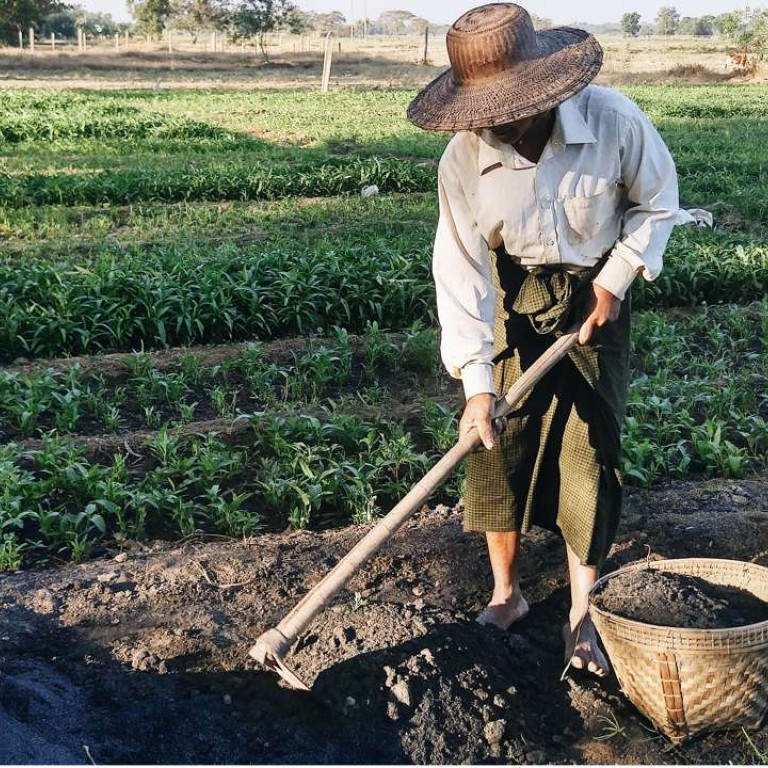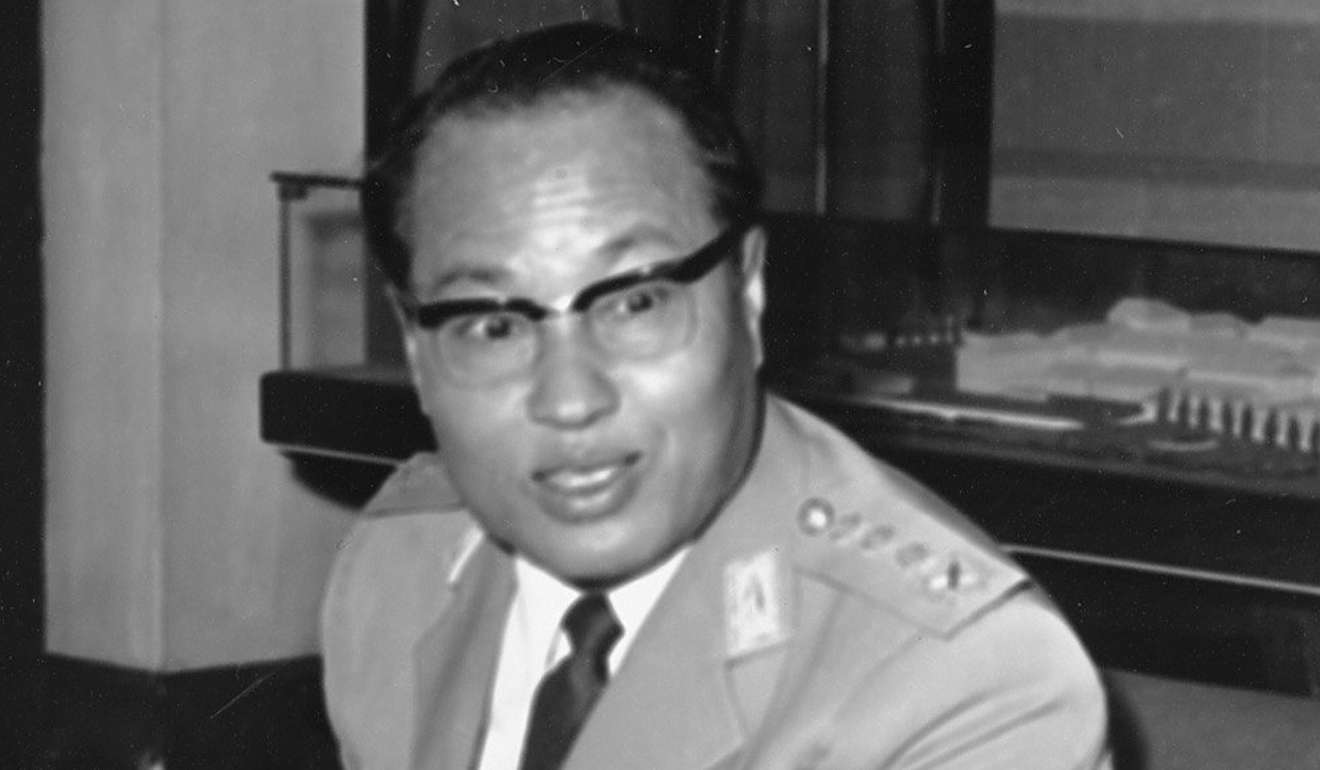
Paw San rice: Myanmar’s ticket back to the international stage?
The nation has struggled to return to its former agricultural glory after decades under dictatorship, but hope still sits in the ground waiting to be tilled
It all started with a plate of fried rice.
It was a simple, perfectly balanced dish: a handful of plump prawns, some shallots and diced vegetables. All resting atop a mound of fragrant (and locally grown), long-grained Paw San rice, with each grain distinct and curling at the ends like a baroque version of Basmati.
The city of Pathein, some 195km to the west of Yangon and deep in the heart of the fertile and low-lying Ayeyarwady region, is the home to Myanmar’s once world-beating rice industry, and there’s hope the region may one day return to its former glory.

Back in the 1950s (before General Ne Win seized power in 1962), Burma was the world’s largest rice exporter and Rangoon (now Yangon) was one of Asia’s busiest ports, with cargoes being loaded for destinations across the globe.
However, as Ne Win’s xenophobic economic policies – his “Burmese Way to Socialism” – took root, this vital industry fell behind competition from Thailand and elsewhere.
Myanmar's remote Wa State suffers as fewer Chinese come to party
Of course, there were historical reasons behind the self-defeating initiatives. At the height of the colonial era, the rice industry – much like everything else – was dominated by non-Burmese with milling, storage, transportation and shipping almost entirely in the hands of British and/or Indian businessmen. Much of the best rice-growing land had been acquired by Chettiar moneylenders from South India, fuelling anti-foreign sentiment among indigenous Burmese.

Now, as Myanmar attempts to catch up with the rest of the Association of Southeast Asian Nations and with over 61.2 per cent of the population still engaged in agriculture, rice – its former signature export – is critical to growth.
The task is daunting: the lush Ayerarwady region with its deltaic soils constitutes well over 50 per cent of the country’s rice-growing capacity. However, decades of neglect have left the sector woefully unprepared.
Something to chew on: Asian rice cakes
Most rural roads, irrigation canals, rice mills, training centres and research facilities are poorly maintained if not falling apart, so much so that Myanmar, while producing larger quantities of the all-important staple than in the colonial era, has acquired a reputation for poor-quality rice.
The country has unsurprisingly failed to exploit its strategic position between China and India – two vast potential markets. Instead, much of the country’s exports are being shipped to West African consumers (as broken rice) and sold at a significant discount to world prices because of the poor quality.

Despite the obstacles, U Ko Aye is a successful farmer who lives just over half an hour from the centre of Pathein. U Ko Aye’s family (he is married with two daughters) have owned the 17.3 acres he farms for more than 50 years.
Having just purchased a small water pump, the 59-year-old has been able to diversify his crops, harvesting rice twice a year and, like his neighbours, growing mustard and watercress (which take only a month to grow) in the interim.
The work isn’t easy. Farmers such as U Ko Aye are always at the mercy of weather and water levels, although the lowlands have better irrigation. He doesn’t use chemicals.
With a modest but well-built concrete house, replete with running water and electricity, U Ko Aye could well be a harbinger of what’s to come.

However, his confidence dips as he casts his eyes across to the nest of buildings in the distance. “The young people prefer air-conditioned factories even if the salaries are less than what they’d earn with farm work. We’re also worried that they’ll seize our land to build more factories,” he said.
He’s also planted some Paw San rice, explaining that while it requires greater care, it’s also far more profitable – earning him at least 25 per cent more than ordinary rice strains.
Indeed, Paw San is quite unique for the uninitiated. In 2011, the World Rice Conference declared it was the world’s tastiest rice, defeating Thailand’s Jasmine (a two-time previous winner).
Before being cooked, Paw San looks like the Arborio rice used in risotto: short and stumpy. However, cooking transforms the grain, doubling and at times even tripling its length, while also sprouting wonderfully elegant Basmati-like protrusions.

The challenge of rebuilding Myanmar’s entire agricultural sector is huge but not impossible. It’s been done before in places like Vietnam after 30 years of conflict.
And for Myanmar, the road map is fairly straightforward: transparent property rights, rural credit, investments in infrastructure are all part of the policy mix. However, often a reputation for poor quality is hard to shake off. Despite their revival, the Vietnamese have struggled to achieve premium prices for their agricultural produce.
But in Myanmar, Paw San may well play a key role as a kind of national brand ambassador, drawing regional and possibly even global attention to its unusual and distinctive attributes.
So for those who bemoan the current state of Myanmar’s agriculture – the key in this age of authenticity and artisanal producers is Paw San, a gold standard around which an industry can be rebuilt and championed.

